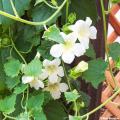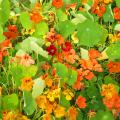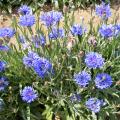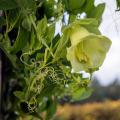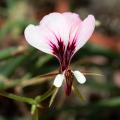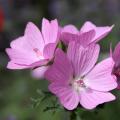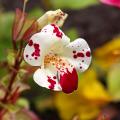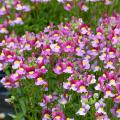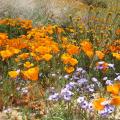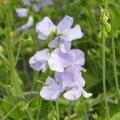Statice Seeds - Sea Lavender
Does this plant fit my garden? Set up your Plantfit profile →
Available in 1 sizes
Available in 1 sizes
Available in 1 sizes
Available in 1 sizes
Available in 1 sizes
Available in 1 sizes
Available in 1 sizes
Available in 1 sizes
Available in 1 sizes
Available in 1 sizes
Available in 1 sizes
Our range of Statice seeds. Also known as Limonium, they are valued for their long-lasting and colourful flowers, popular in both fresh and dried bouquets. Statice sinuata, often offered in a mix ('Pacific' statice mix), is the most cultivated species. It produces dense paniculate inflorescences composed of small flowers surrounded by papyraceous bracts in various shades: blue ('Forever Blue'), pink ('Forever Rose'), yellow, purple, and white. These flowers retain their colour for a long time, even after drying, making them a staple in floral arrangements.
Statice can reach up to 80 cm in height and is distinguished by its resistance to difficult conditions. It prefers sunny exposure and well-drained, even poor soil, which makes it easy to grow, even for beginner gardeners. It is also very drought-tolerant once well established, making it an excellent option for Mediterranean gardens or arid areas.
Another perennial species, Statice latifolium, is characterised by a more spreading habit and airier inflorescences, with flowers often white or lavender. It is perfect for adding a touch of lightness to flower beds or borders.
Sow Statice seeds indoors at the end of winter or directly in the ground in spring. The young plants require regular watering, but once mature, they need little maintenance, apart from occasional watering during severe drought.
Haven't found what you were looking for?




















































